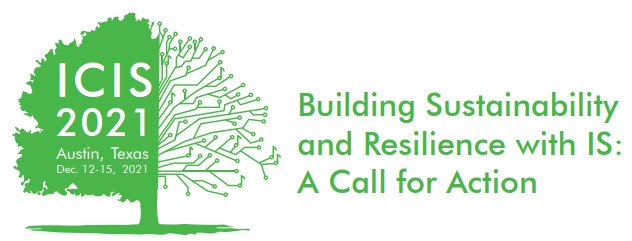Social Media and Digital Collaboration
Loading...
Paper Number
2236
Paper Type
Completed
Description
Previous theoretical research and empirical studies recognize a positive correlation between intra-team ties and team performance. This paper goes beyond correlational analysis and attempts to estimate the causal effect of intra-team ties on team performance. Our dataset with over 4 million game teams allows us to control confounding factors by comparing within pairs of adjacent networks. We find that in 5-member teams, one intra-team tie increases win rate by 0.26%. We further study how the heterogeneous effects of intra-team ties can depend on network structure measures. We find that when teams have low centralization, no cliques or no structural holes, one intra-team tie can increase win rate by 1.01%, 1.31%, or 0.44% respectively. On the other hand, when teams have high centralization, cliques, or structural holes, the effects are not significant. We conclude by discussing theoretical contribution and managerial implications as well as our plan for future work.
Recommended Citation
Huang, Xin and Chen, Nan, "Intra-Team Ties and Team Performance: Evidence from Team-Based Games" (2021). ICIS 2021 Proceedings. 9.
https://aisel.aisnet.org/icis2021/social_media/social_media/9
Intra-Team Ties and Team Performance: Evidence from Team-Based Games
Previous theoretical research and empirical studies recognize a positive correlation between intra-team ties and team performance. This paper goes beyond correlational analysis and attempts to estimate the causal effect of intra-team ties on team performance. Our dataset with over 4 million game teams allows us to control confounding factors by comparing within pairs of adjacent networks. We find that in 5-member teams, one intra-team tie increases win rate by 0.26%. We further study how the heterogeneous effects of intra-team ties can depend on network structure measures. We find that when teams have low centralization, no cliques or no structural holes, one intra-team tie can increase win rate by 1.01%, 1.31%, or 0.44% respectively. On the other hand, when teams have high centralization, cliques, or structural holes, the effects are not significant. We conclude by discussing theoretical contribution and managerial implications as well as our plan for future work.
When commenting on articles, please be friendly, welcoming, respectful and abide by the AIS eLibrary Discussion Thread Code of Conduct posted here.



Comments
16-SocMedia